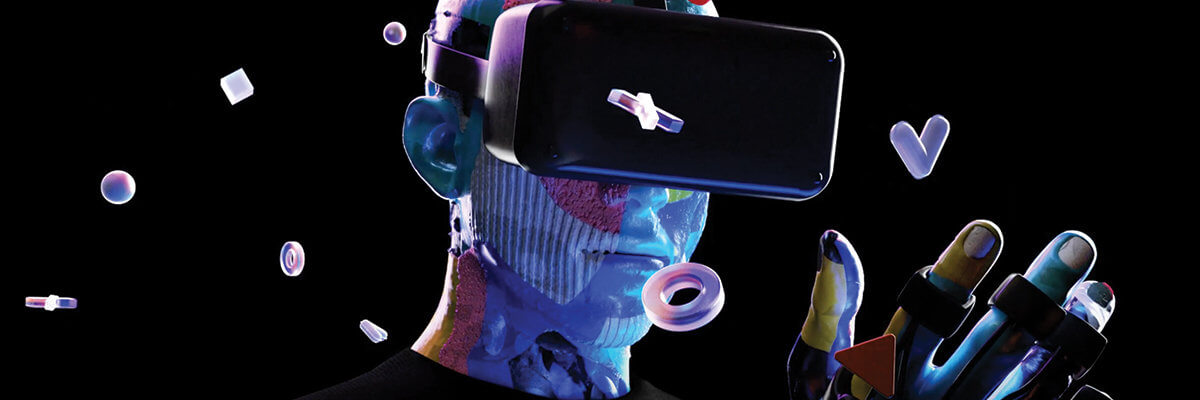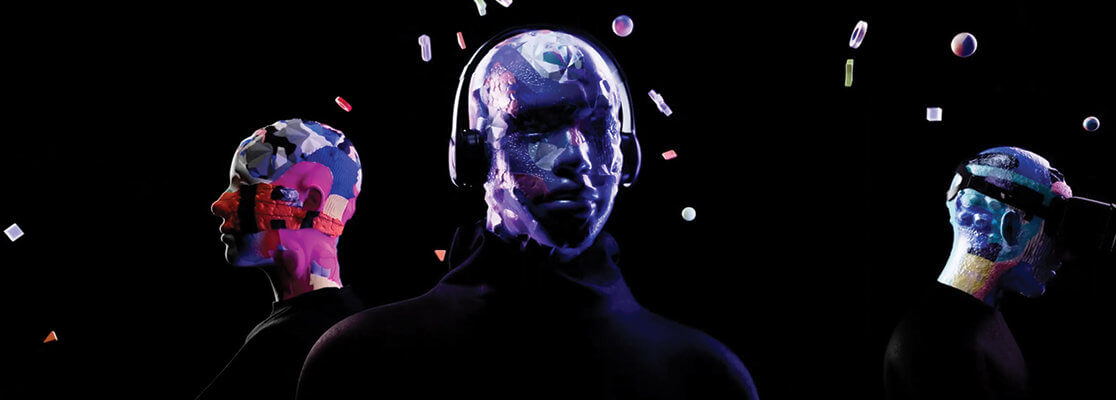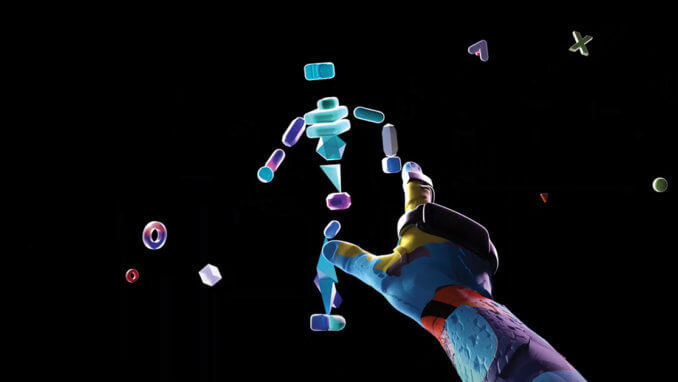
THE FUTURE OF AI IN DESIGN
What does the future of design look like to you, and how does AI fit into that?
It’s an exciting time to be a designer, with new creative technology emerging almost every day. The industry is brimming with possibilities and opportunities. As designers we are already using design tools that help us to create work by anticipating our needs and doing some of the work for us. For example programs like Adobe Photoshop automate or simplify processes like colour changes or image adjustments. So our design tools enhance our abilities as designers to come up with amazing design work, but are still very much human driven, and that won’t change.
Which design jobs in the future may be more affected by AI than others, and what does this mean for graduate jobs?
AI will impact all work in all industries, that’s something everyone has to come to terms with. We believe that designers who understand how to use AI effectively will have an advantage, as designers will increasingly make use of AI to complete run-of-the-mill tasks. Our curriculum is closely aligned to industry practices, in many units we even partner with real clients and experts, so we are really consciously keeping up to date with what is relevant for work.
Some have said designers will soon be co-creating with AI, what do you think?
AI can be an excellent tool to assist us and make our jobs easier, but it won’t ever replace that human element. What I mean by that is, when you use AI to create something the tool is not thinking critically or holistically. Understanding the problem we are trying to solve, and then framing the question we ask AI to answer for us is extremely important. So, we can certainly see ourselves collaborating with AI in the sense of guiding it.

IBM CEO Ginni Rometty said that “If I considered the initials AI, I would have preferred augmented intelligence.” Would you agree with this?
Yes, this means that AI enhances human intelligence, it doesn’t replace it. AI is best suited for repetitive tasks, and relies on pattern recognition, data and algorithms. AI relies on simple “learning loops” that are unlimited in terms of speed and scale. On the other hand designers are trained to be experts at problem framing and sense making, as we handle complex problems holistically. So, AI will augment the work of designers rather than replacing them. The two go nicely hand in hand.
Can designers, who work with AI, create designs faster and cheaper, due to the increased speed and efficiency it offers?
Technology tools like AI can speed up and scale up design processes but these processes still have to be closely managed by the designer. However, bear in mind that speed, scale and cost are not necessarily the goal for professional designers; there is more value in design work that is accurate and thoughtful.
HOW AI AFFECTS LEARNING & EXPERIENCE
Do you think there are any compromises with AI technology?
As designers increasingly adopt AI, it’s going to become very important to explain exactly how our work has been developed. There’s going to be a big focus on that in education and this is something we already do at SAE. In class, students routinely explain how they came up with their ideas, this skill gives them confidence to explain their work to clients. As well as explaining how, we need to also explain why we make certain design choices, this idea is related to meaning-making, rather than just asset making. Designers working as part of a shared project also need to be able to justify their design decisions to their team.
Copyright and ethics are two major issues that we anticipate will become more and more risky as amateur designers start using AI. There will be an increase in the number of designs that have been created using other artists’ work which is potentially going to be an intellectual property minefield. Publicly available AI tools and models may contain biases. This is because humans have designed the tools, and the tools rely on the humans making them having made ethical decisions, which can not always be guaranteed.
How will studying design support creative people, in a world that is becoming more AI focused?
It is important for emerging professional designers to stay up-to-date with technology and develop skills that complement it. These skills include strategic thinking and creative problem solving. Our design courses at SAE have always had a focus on current creative technology, AI is part of the mix of tools we explore. In fact we have a new masters course focussed on Design and AI launching soon. Also, learning is always based on doing, and at SAE we deliver active learning activities and projects that allow the creation of knowledge by our students.
How can designers remain relevant…what sorts of skills do they need?
Being able to think holistically about complex problems is a major design and leadership skill, and we see more and more designers taking on leadership roles. Effective visual communication, designing artwork that communicates and being able to create compelling narratives helps designers stand out in today’s market.









































